CBDC Impact Calculator
Financial Inclusion Impact Calculator
Estimate how CBDCs could improve financial access and reduce costs for small businesses in your country
Impact Analysis
Financial Inclusion
Based on examples from Jamaica and the Bahamas
Small Business Benefits
Based on Jamaica's 15% sales increase
Key Recommendations
What Exactly Is a Central Bank Digital Currency?
A Central Bank Digital Currency (CBDC) is digital cash issued by a country’s central bank-just like physical dollars or euros, but in electronic form. It’s not Bitcoin. It’s not PayPal. It’s not even stablecoins like USDC. A CBDC is the digital version of your nation’s official money, backed by the full faith and credit of the government. If you hold a CBDC, you’re holding a direct claim on the central bank, not a commercial bank. That means no risk of the bank failing. No lockups. No fees for holding it. Just pure, government-backed digital money.
Think of it like cash you can send instantly via your phone. You don’t need a bank account to use it in some versions. You don’t need internet to complete small transactions in others. The Bahamian Sand Dollar, launched in 2020, was the first real-world CBDC. Today, 11 countries have fully rolled out retail CBDCs for everyday use. Over 130 countries are exploring them.
Two Types of CBDCs: Who Gets to Use Them?
Not all CBDCs are built the same. There are two main types: retail and wholesale.
Retial CBDCs are for you and me. You can use them to buy coffee, pay rent, or send money to family. China’s digital yuan, Nigeria’s e-Naira, and Jamaica’s JAM-DEX are all retail CBDCs. They’re designed to reach the general public-even people without bank accounts.
Wholesale CBDCs are for banks and financial institutions only. They’re used to settle big payments between banks overnight. These don’t affect your daily life. But they make the whole financial system faster and cheaper behind the scenes. The European Central Bank and the Bank of England are testing wholesale versions.
How Do CBDCs Work? Blockchain or Not?
A lot of people assume CBDCs run on blockchain. They don’t all do. China’s digital yuan uses a hybrid system-part centralized database, part distributed ledger. The Bahamas’ Sand Dollar uses a permissioned blockchain. Sweden’s e-krona is testing a purely centralized model.
What matters most is how you access it. Most CBDCs require a digital wallet app. But in Nigeria, you can use a simple USSD code on any basic phone-no smartphone needed. Just dial *737*234# and follow prompts. That’s how they’re reaching people in villages with no internet.
Security is built in. Biometric login, offline payments (up to $100 at a time), and encryption are standard. Some systems even let you send money without internet by tapping phones together-like old-school NFC, but government-backed.
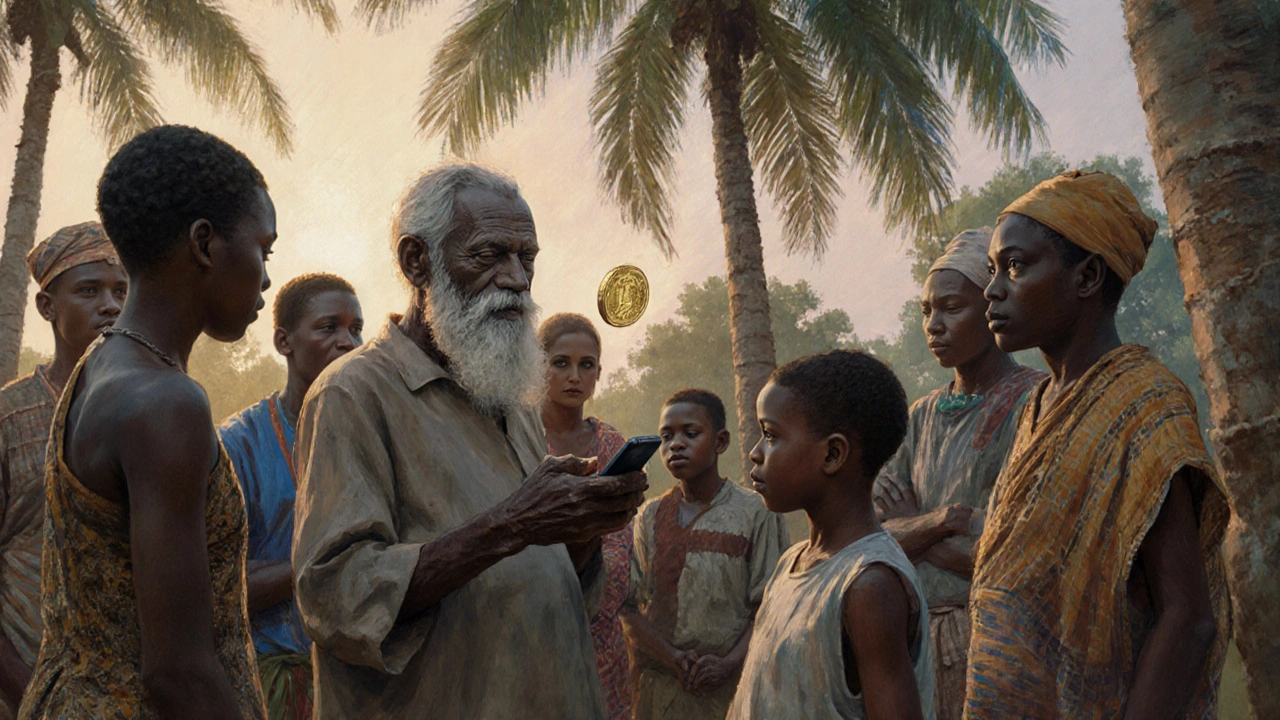
Why Are Countries Rushing to Launch CBDCs?
Three big reasons: control, inclusion, and competition.
First, central banks don’t want to lose control of money. With private stablecoins like USDT and USDC growing fast, and crypto exchanges handling trillions, governments worry they’ll lose the ability to track money flows, fight crime, or even control inflation. CBDCs give them a digital tool to maintain sovereignty.
Second, 1.4 billion people worldwide still don’t have bank accounts. CBDCs can reach them. In Nigeria, the e-Naira was supposed to bring the unbanked into the system. In the Bahamas, islanders who used to wait days for checks now get payments instantly.
Third, it’s a race. China’s digital yuan has over 260 million users. India’s digital rupee pilot has processed $2 billion. If the U.S. waits too long, the global financial system could shift away from the dollar. That’s why the IMF and World Bank are pushing emerging markets to act now.
How Do CBDCs Compare to Other Digital Money?
Let’s break it down:
| Feature | CBDC | Cryptocurrency (e.g., Bitcoin) | Stablecoin (e.g., USDC) | Bank Digital Money (Checking Account) |
|---|---|---|---|---|
| Backed by | Central bank | No government backing | Private company reserves | Commercial bank |
| Price stability | 1:1 with national currency | Highly volatile | 1:1 with USD or EUR | 1:1 with national currency |
| Legal tender | Yes | No | No | Yes |
| Privacy | Varies-some track transactions | Pseudonymous | Often tracked by issuer | Heavily tracked |
| Access | Everyone (in retail versions) | Anyone with internet | Anyone with exchange account | Requires bank account |
| Offline use | Possible in some designs | No | No | No |
CBDCs win on safety and legal status. But they lose on decentralization. You can’t use a CBDC to buy Bitcoin. You can’t send it across borders without special agreements. And in many cases, the government can see exactly what you bought and when.
Real-World Results: What’s Working and What’s Not?
China’s digital yuan is the biggest success story. Over 260 million people have wallets. Over 180 million merchants accept it. It’s used for everything from street food to taxes. The government even uses it to send out welfare payments that expire if not spent in 30 days-cutting fraud and ensuring money reaches those who need it.
Jamaica’s JAM-DEX cut transaction fees for small businesses by 47%. Shopkeepers who used to pay 3% to credit card companies now pay less than 1%. Sales went up 15% because they could lower prices.
But not all are winning. Nigeria’s e-Naira? Only 0.5 million active users out of 120 million eligible. Why? Registration requires a Bank Verification Number (BVN)-something many informal workers don’t have. The app is clunky. And people don’t trust the government tracking every transaction.
In the Bahamas, users love the speed-but the app crashes during hurricanes. That’s a problem when you need money most.
Sweden’s e-krona? 68% of people say they won’t use it because they don’t want the government watching their spending.
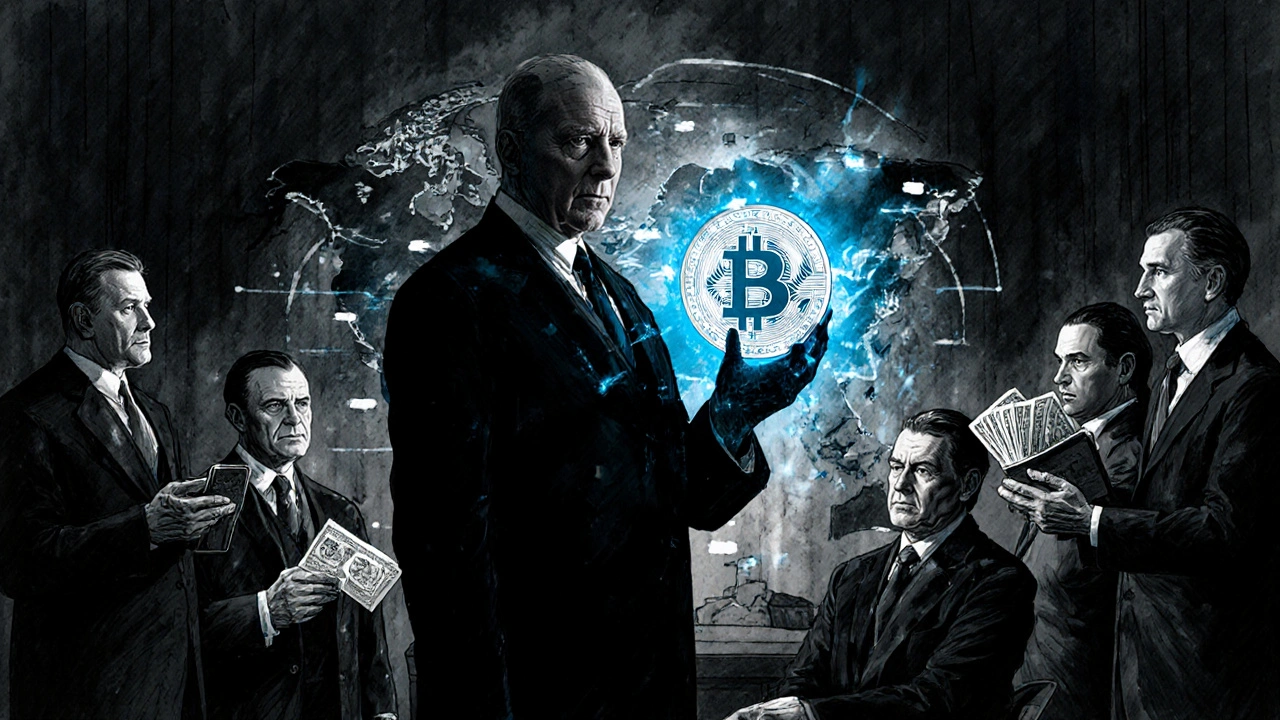
Will the U.S. Ever Launch a CBDC?
Not anytime soon-and not without a fight.
The Federal Reserve says it’s still researching. No decision. No timeline. Chair Jerome Powell said in 2021: “There’s no need to rush.” And he’s right-the U.S. payment system is already fast, cheap, and widely used. Venmo, Zelle, Apple Pay-they work great.
But there’s resistance. Former Treasury Secretary Larry Summers warned that a U.S. CBDC could trigger bank runs. If people suddenly move $500 billion from banks into CBDCs during a crisis, banks could collapse. That’s a real risk.
Then there’s privacy. Americans don’t trust the government with their spending data. A 2024 survey showed 71% of U.S. adults would refuse to use a CBDC if it tracked every purchase.
And now, President Trump’s executive order from February 2025 bans federal agencies from developing or testing CBDCs. That’s a major roadblock. Until political will shifts, the U.S. will stay on the sidelines.
What’s Next for CBDCs?
The next big frontier? Cross-border payments.
Right now, sending money from Nigeria to India takes days and costs 10%. The mBridge project-led by the Bank for International Settlements-is testing a system where China, Thailand, Hong Kong, and the UAE can settle payments directly using their CBDCs. In Q1 2025, they moved $1.5 billion without using SWIFT.
By 2030, 75% of CBDCs are expected to have “programmable money” features. Think: child support payments that auto-send on the 1st of every month. Emergency aid that only works in disaster zones. Tax refunds that expire if not spent on groceries.
But the big question remains: will CBDCs replace cash? The Reserve Bank of Australia says no-not for 20 to 30 years. Cash still works when the power’s out. When your phone dies. When you’re in a rural village with no signal.
CBDCs won’t kill cash. They’ll sit beside it. Like credit cards did in the 90s. And like digital wallets did in the 2010s.
How to Prepare for a CBDC Future
You don’t need to do anything right now-if you’re in the U.S. But if you live in Nigeria, Jamaica, or China, you’re already using one.
Here’s what to do:
- Check if your country has launched a CBDC. Look up your central bank’s website.
- If it’s available, download the official wallet. Don’t use third-party apps.
- Try sending a small amount to a friend. See how fast it is.
- Ask your local merchant if they accept it. If they do, pay with it next time.
- Learn the privacy settings. Can you turn off transaction tracking? If not, consider keeping most of your money in cash or bank accounts.
Don’t panic. Don’t rush. But pay attention. This isn’t science fiction. It’s happening-and it’s changing how money moves.
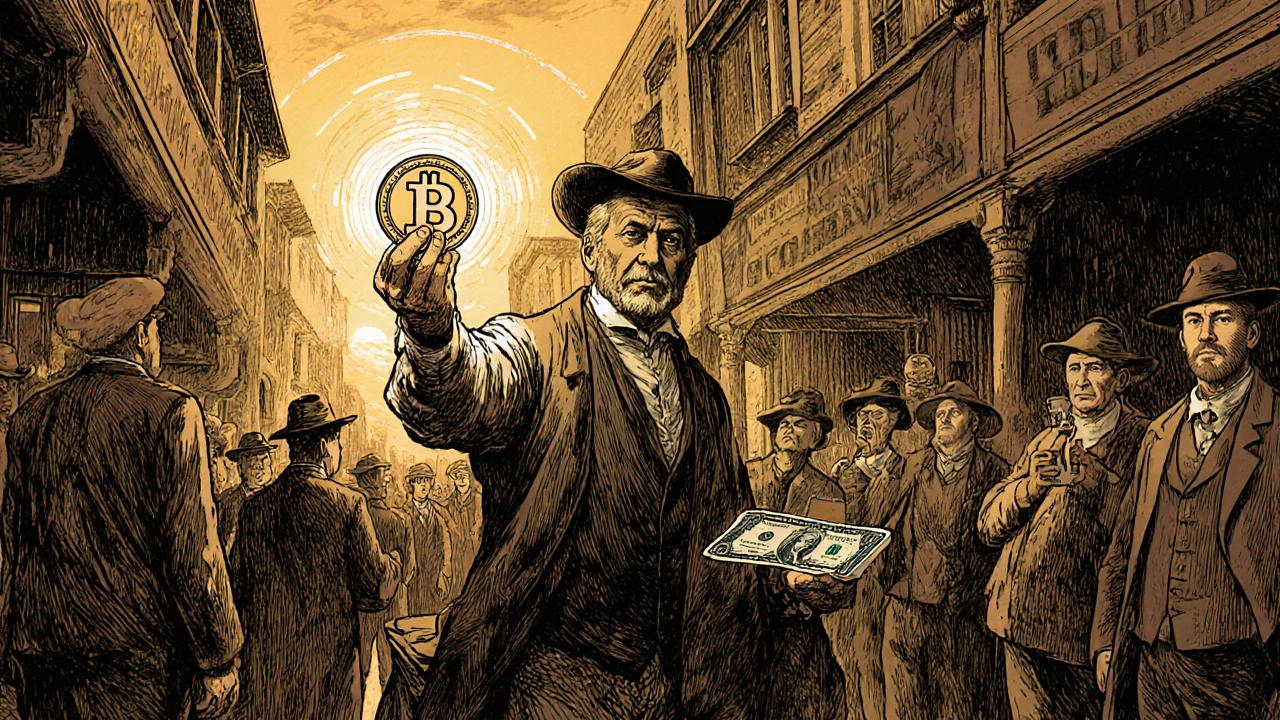
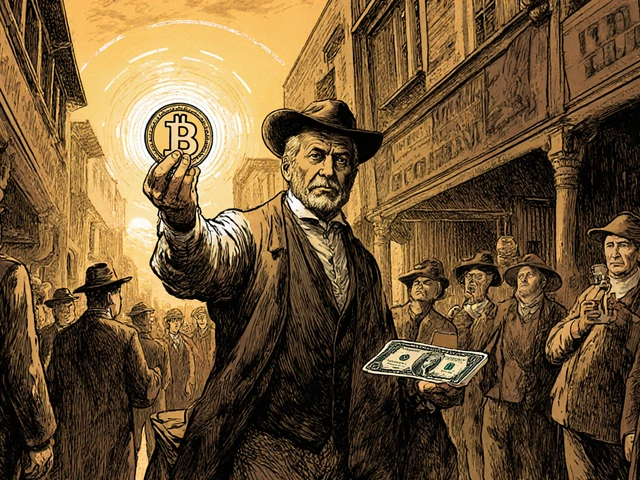

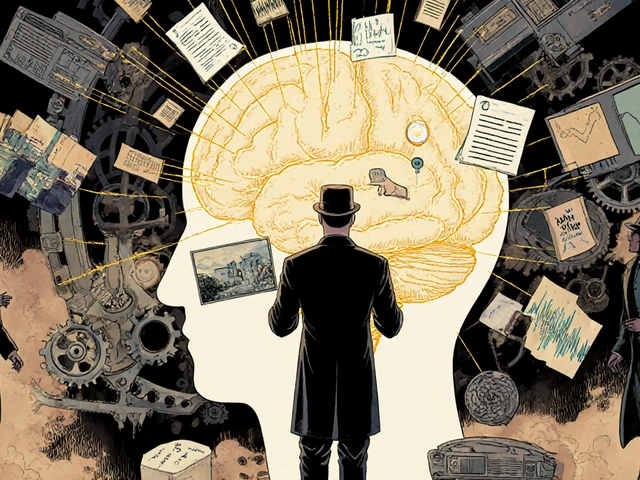
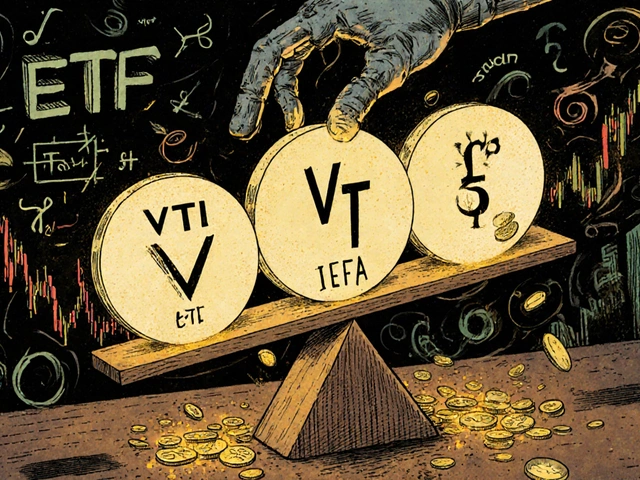

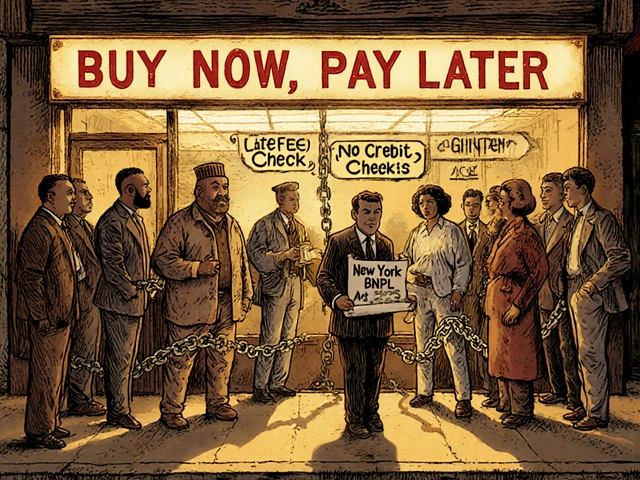
Comments
Laura W
October 30, 2025Okay but let’s be real-CBDCs are just the government’s way of saying ‘we see everything, and we’re okay with that.’ I get the efficiency, I do. But when my welfare check expires if I don’t spend it on groceries by the 30th? That’s not innovation, that’s behavioral engineering. And don’t even get me started on programmable money. Next thing you know, your CBDC won’t let you buy energy drinks because ‘public health.’ 🤯
Graeme C
November 1, 2025Frankly, the entire Western narrative around CBDCs is dangerously naive. The notion that ‘privacy concerns’ are a legitimate barrier ignores the fact that commercial banks and fintechs already track every cent you spend-with far less accountability. A CBDC, at least, is subject to parliamentary oversight, audit trails, and legal redress. The real threat isn’t surveillance-it’s the erosion of monetary sovereignty to private actors like Tether and PayPal. We are not debating convenience. We are debating whether the state retains control over its own currency. And if we don’t act now, we will wake up one day to find the dollar has been quietly replaced by a blockchain-based private currency regime. The clock is ticking.
Astha Mishra
November 1, 2025It is fascinating to observe how the concept of money has evolved from barter to gold to paper to digital ledgers and now to state-backed programmable tokens. In India, where millions still rely on cash for daily survival, the idea of a digital rupee that works via USSD on a basic phone is nothing short of revolutionary. Yet, I wonder-if the state can control when and how we spend our own money, does that not fundamentally alter the relationship between citizen and sovereign? Is money meant to be a tool of freedom, or a mechanism of control? The answer may lie not in the technology, but in the transparency of its governance. If the CBDC’s rules are open, auditable, and democratically decided, then perhaps it can be a force for equity. But if it is opaque, centralized, and unaccountable, then we are merely digitizing the chains.
Kenny McMiller
November 1, 2025US is gonna skip this whole thing. Why? Because Venmo works. Zelle is instant. Apple Pay is everywhere. Nobody wants the feds watching if they bought a six-pack or a vibrator. And let’s be honest-most Americans don’t even know what a central bank is. They just want their money to work. If the gov tries to force this, people will just keep using crypto or cash. CBDCs are a solution looking for a problem that doesn’t exist here. Save the dystopia for countries that actually need it.
Write a comment